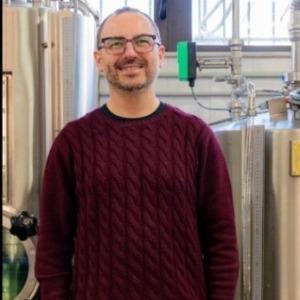8th Edition of Euro Global Conference on
Food Nanotechnology in Packaging
Food nanotechnology in packaging involves the application of nanomaterials and nanotechnology-based techniques to improve the performance, functionality, and safety of food packaging materials. Nanotechnology enables the design and engineering of nanoscale structures, surfaces, and coatings with unique properties that enhance barrier properties, mechanical strength, antimicrobial activity, and sensory attributes of food packaging. Nanomaterials such as nanoparticles, nanocomposites, nanocoatings, and nanofibers are incorporated into food packaging materials to address various challenges such as moisture control, gas permeability, UV protection, and antimicrobial properties. For example, nanoparticles such as silver, zinc oxide, and titanium dioxide exhibit antimicrobial properties and are used to inhibit the growth of pathogenic and spoilage microorganisms on food surfaces. Nanoclay particles are used as barrier fillers to improve the oxygen and moisture barrier properties of packaging materials. Nanocomposite films incorporating nanoparticles into polymer matrices offer enhanced mechanical strength, flexibility, and barrier properties compared to conventional packaging materials. Nanocoatings applied to packaging surfaces provide additional functionalities such as anti-fogging, anti-static, and easy-release properties. Nanotechnology-based techniques such as electrospinning and layer-by-layer assembly are used to produce nanofiber-based packaging materials with controlled structures and properties. These nanofiber materials offer superior mechanical strength, flexibility, and breathability, making them suitable for applications such as active packaging, controlled release systems, and intelligent packaging. Food nanotechnology in packaging also enables the development of smart and active packaging systems that monitor food quality, freshness, and safety in real-time. For example, nanosensors embedded in packaging materials can detect changes in temperature, pH, moisture, and gas composition, providing information about food spoilage or contamination. Despite the potential benefits of food nanotechnology in packaging, concerns regarding the safety, toxicity, and regulatory approval of nanomaterials exist. Therefore, thorough safety assessment and regulatory oversight are essential to ensure the responsible use of nanotechnology in food packaging.

Kasiviswanathan Muthukumarappan
South Dakota State University, United States
Said Bouhallab
INRAE, France
Giovanni De Francesco
University of Perugia, Italy
Alex Martynenko
Dalhousie University, Canada
Ana Isabel Najera
University of the Basque Country EHU, Spain
Marcin A Kurek
Warsaw University of Life Sciences, Poland


